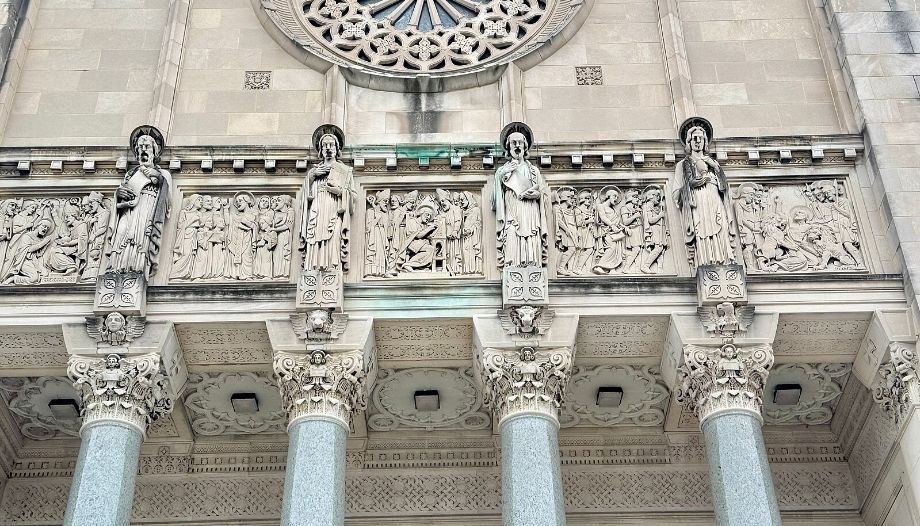The known facts about the life of St. Ignatius of Antioch, martyr, begin when the apostles St. Peter and St. Paul He was appointed bishop of the city, relevant in the Roman Empire. He faithfully transmitted the doctrine of the first apostles.
The Martyrology Romano writes: "Memory of St. Ignatius, bishop and martyr, disciple of St. John the Apostle and second successor of St. Peter in the see of Antioch. In the time of the emperor Trajan he was condemned to the torture of the wild beasts, and consummated his glorious martyrdom in Rome.
Seven epistles
During the journey, while experiencing the leopard-like ferocity of his sentries, he wrote seven letters addressed to various churches. In them he exhorted the brethren to serve God united with the bishop himself, and not to hinder him from being able to be immolated as a victim for Christ († c.107)."
When they learned that he was traveling to Rome as a prisoner to be martyred, they went out to meet him, like St. Polycarp in Smyrna or Eusebius of Caesarea. The latter showed the apostolic zeal of the saint, who made Christ known at all times.
To lay down one's life for Christ
In the seven epistles that wrote to different churches, he exhorted Christians to give their lives for Christ, and to be faithful to the teachings received. To stand firm and to live in charity and unity among all. He received martyrdom the year 107, in the time of Emperor Trajan.
The Acts of the Martyrs reflect the sacrifice of the bishop, whose nickname "Theophoros" (God-bearer) sums up his life. In his works he shows that the doctrine of the Church comes from Christ through the apostles. His remains were taken to Antioch.







